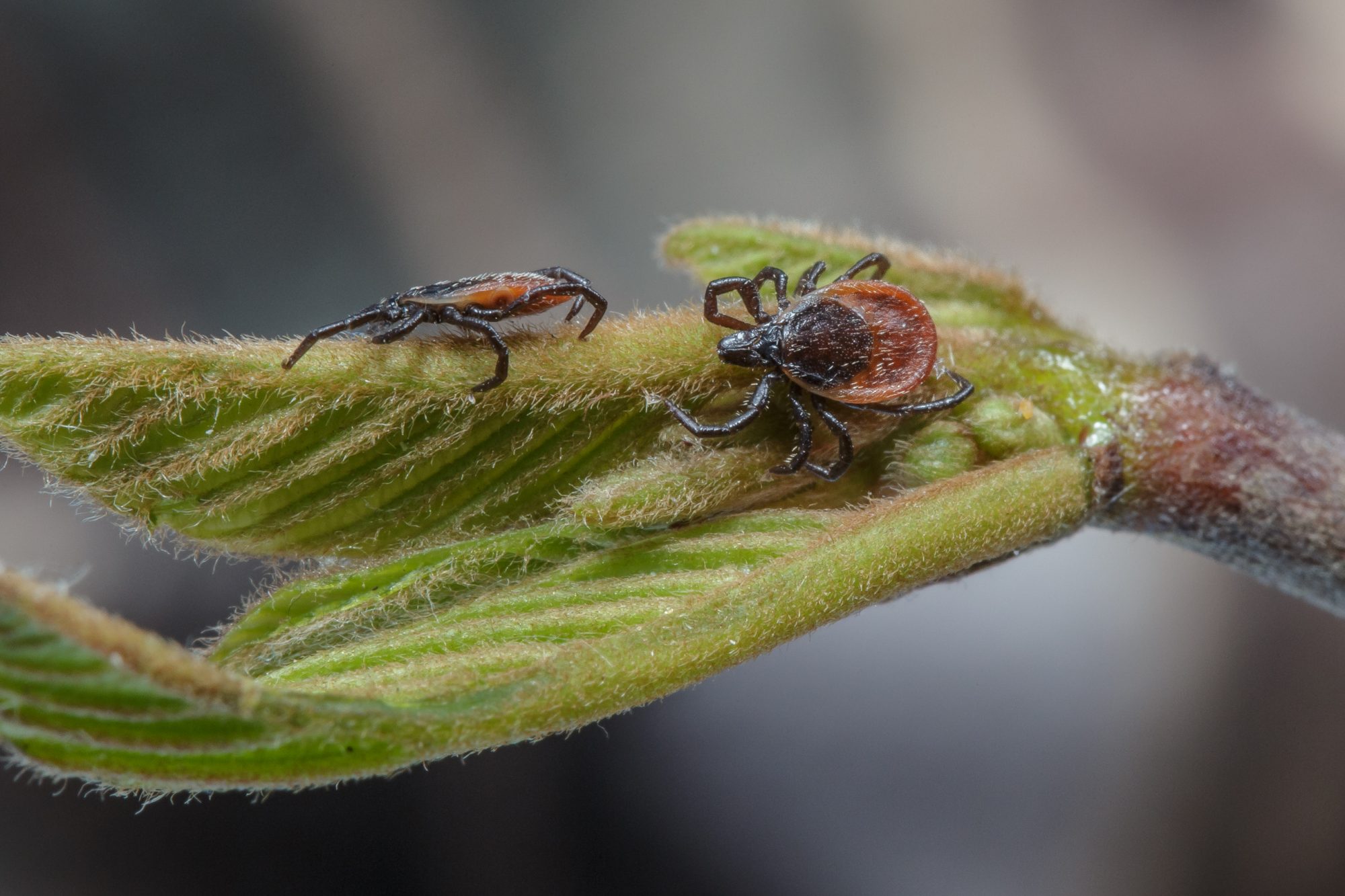- August 31, 2022
- No Comment
- 6 minutes read
Tickborne diseases: A growing health problem in the U.S. – Open Access Government

Ticks pose a large and growing health threat in the United States. They transmit diverse pathogens, including viruses, bacteria, and parasites, which cause illnesses that range from mild to life-threatening. Although tickborne diseases occur throughout the United States, the specific diseases, the ticks that spread them, and the risk of infection varies considerably from region to region. It’s important to know the early signs of tickborne disease and how to protect yourself and your family.
Ticks transmit pathogens when they feed. After a tick finds a suitable spot on a human or animal host, it inserts its mouth parts into the skin and injects small amounts of saliva to help with the feeding process. If the tick contains a pathogen, it may be injected into the host and cause an infection. Often, an attached tick goes unnoticed and will feed slowly for several days. The amount of time needed to transmit infection ranges from minutes to days, depending on the disease agent.
Lyme disease is the most common, with an estimated 476,000 Americans diagnosed and treated each year. It occurs most often in the upper midwestern, mid-Atlantic, and northeastern United States. Lyme disease is caused by the bacterium Borrelia burgdorferi or occasionally by a second species, Borrelia mayonii, in areas of the upper Midwest. Both of these pathogens are spread by blacklegged or “deer” ticks. These ticks also transmit the pathogens that cause anaplasmosis, babesiosis, and Powassan virus disease. Lyme disease also occurs in areas along the Pacific coast, where it is spread by the western blacklegged tick.
Other important tickborne diseases include ehrlichiosis, Rocky Mountain spotted fever (RMSF), and tularemia, which are usually spread by the lone star tick, Amblyomma americanum, or the American dog tick, Dermacentor variabilis. More than 75% of spotted fever rickettsiosis cases (including RMSF) occur in seven states: Arkansas, Missouri, North Carolina, Oklahoma, Virginia, Alabama, and Tennessee. Although uncommon,
tularemia occurs in all states except Hawaii. Growing evidence suggests that alpha-gal syndrome, or red meat allergy, may be triggered by the bite of lone star ticks and possibly other tick species.
Anyone who spends a lot of time outdoors is at risk of tickborne diseases. Rates of infection may be higher among forestry workers and others with outdoor occupations; however, it’s important to remember that many exposures occur around the home during leisure or yard work. Given that so many people are bitten by ticks and get sick each year, it’s important to take steps to protect yourself.
The best way to prevent tickborne disease is to prevent tick bites. Tick bite prevention can take place before and after spending time outside.
Before you go outdoors, use Environmental Protection Agency (EPA)-registered insect repellents, treat clothing and gear with products containing 0.5% permethrin, and talk to your veterinarian about the best tick prevention products for your dog. If possible, avoid wooded and brushy areas with high grass and leaf litter where ticks may live when spending time outside. After spending time outdoors, check your body for ticks, take a shower within two hours, and check your clothing, gear, and pets for ticks that may have caught a ride into your home.
You may also consider using landscaping methods to prevent ticks in the yard.
The most common symptoms of tick-related illnesses include fever and chills, aches and pains, and rash. Lyme disease, Southern tick-associated rash illness (STARI), RMSF, ehrlichiosis, and tularemia can cause distinctive rashes.
If you get a tick bite and develop symptoms within a few days to weeks, visit your healthcare provider. Tell your healthcare provider about your recent tick bite, when the bite occurred, and where you most likely acquired the tick.
In general, healthcare providers will consider symptoms, history of exposure to ticks, the geographic region where an individual was exposed, and lab tests, when indicated, before making a diagnosis and deciding on a plan for treatment.
Many tickborne diseases, such as Lyme disease, anaplasmosis, and RMSF, can be treated with a short course of antibiotics. Others, such as Powassan virus disease and Heartland virus disease, are caused by viruses and require supportive clinical care to manage symptoms.
document.getElementById( “ak_js_1” ).setAttribute( “value”, ( new Date() ).getTime() );

